
News
How to Create Your Dream Home with Modular Space House Solutions
In today's fast-paced world, the pursuit of a dream home is increasingly influenced by innovative construction methods, one of which is the Modular Space House. According to a report by the Construction Industry Institute, the modular construction market is expected to reach $157 million by 2023, with a compound annual growth rate of 6.5%. This burgeoning sector not only promises efficiency but also offers customizable solutions that cater to individual preferences, allowing homeowners to create spaces that reflect their unique lifestyles. With advancements in technology and a growing emphasis on sustainability, Modular Space House solutions stand out as a viable option for those looking to design their ideal living environment. Embracing this modern approach can lead to reduced construction times and long-term savings without compromising on quality or aesthetics.
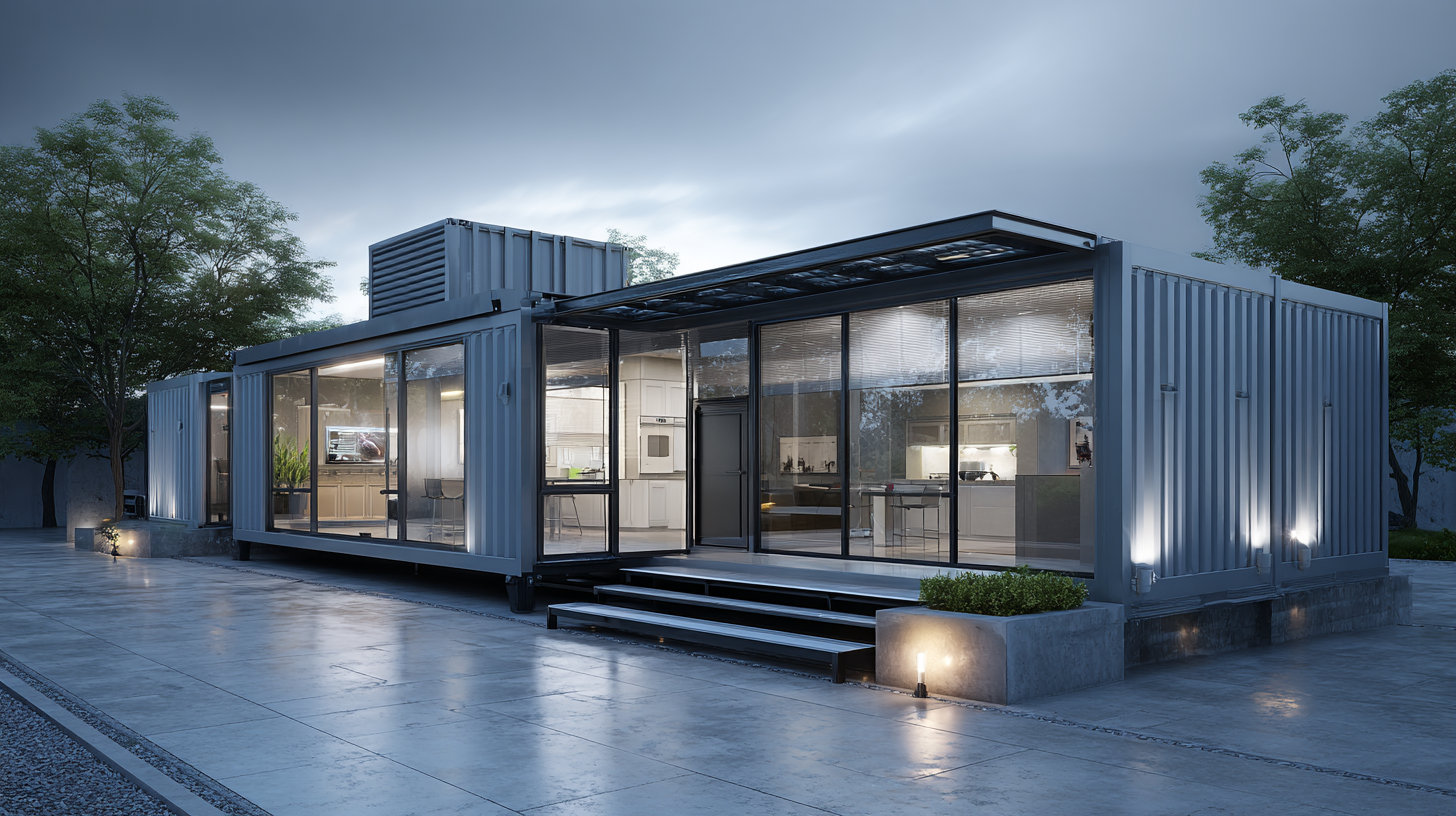
Understanding the Benefits of Modular Homes: Cost Efficiency and Sustainability
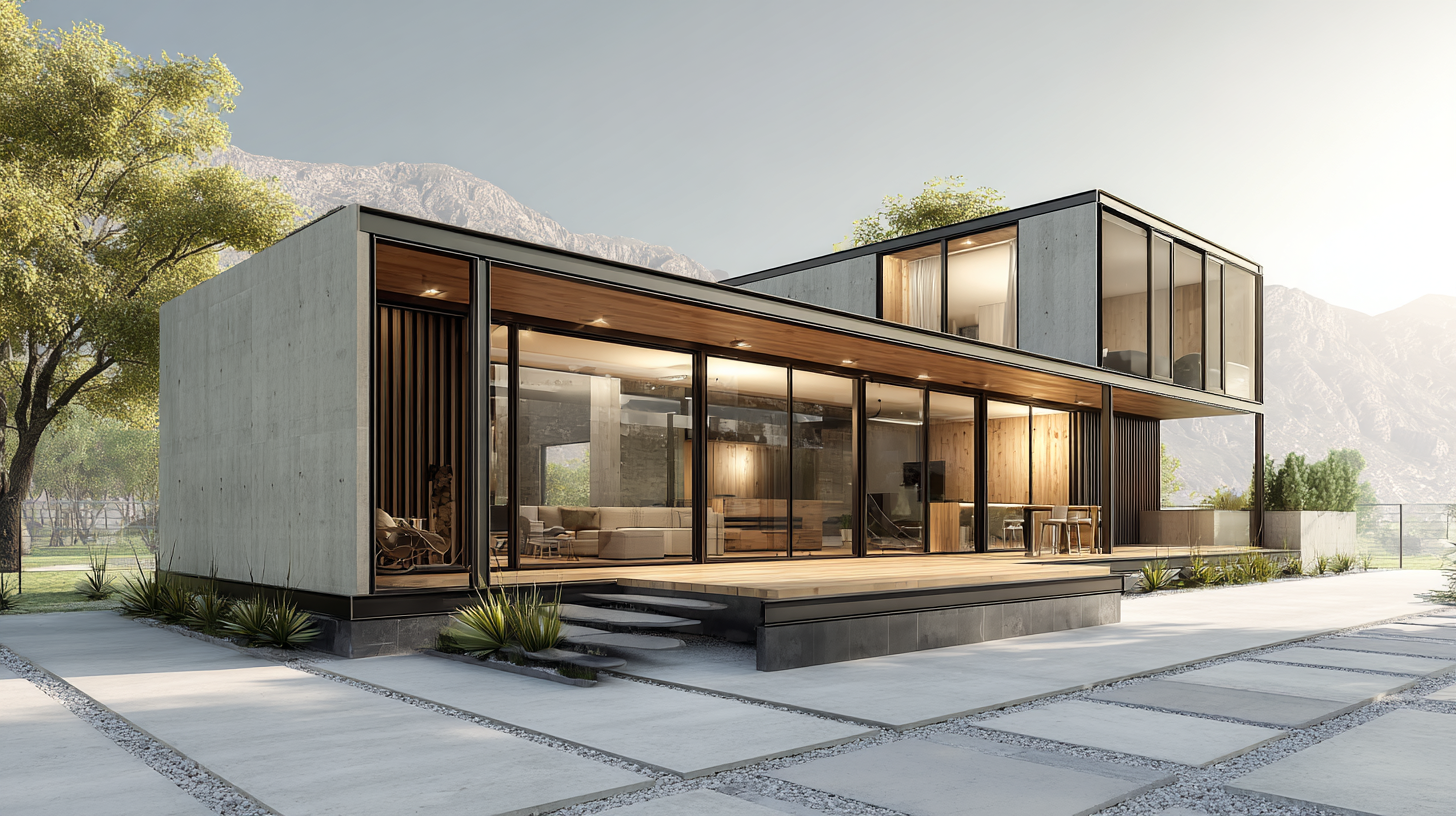 Modular homes have emerged as a practical solution to address pressing housing issues, offering both cost efficiency and sustainability. These prefabricated structures are constructed in factories and can be deployed quickly, making them particularly valuable in response to housing shortages and natural disasters. The ability to build rapidly without compromising quality enables communities to recover faster and rebuild with minimal disruption. Moreover, modular construction is designed to minimize material waste and reduce carbon emissions, aligning with the growing demand for environmentally friendly building practices.
Modular homes have emerged as a practical solution to address pressing housing issues, offering both cost efficiency and sustainability. These prefabricated structures are constructed in factories and can be deployed quickly, making them particularly valuable in response to housing shortages and natural disasters. The ability to build rapidly without compromising quality enables communities to recover faster and rebuild with minimal disruption. Moreover, modular construction is designed to minimize material waste and reduce carbon emissions, aligning with the growing demand for environmentally friendly building practices.
The cost-effectiveness of modular homes is particularly significant in today’s real estate market, where affordability is a critical concern. As demand for sustainable and eco-friendly housing continues to rise, modular construction provides a viable pathway for developers aiming to meet these expectations. By leveraging advancements in technology and sustainable materials, modular buildings not only promise efficiency in labor and resources but also pave the way for resilient and eco-conscious living solutions for future generations.
Key Considerations for Designing Your Modular Space: Functionality Meets Aesthetics
In designing your modular space, the interplay of functionality and aesthetics plays a crucial role. Modular homes offer flexibility and adaptability, allowing you to customize each area to serve specific purposes while maintaining a cohesive aesthetic. Consider factors such as space optimization and multi-functional furniture, which can transform a limited area into a comfortable living environment. This approach not only enhances utility but reflects personal style, giving your home a unique character.
One key consideration is the choice of materials and colors, which should align with your envisioned atmosphere. Modern modular homes often integrate sustainable practices, selecting eco-friendly options that elevate both functionality and aesthetic appeal. As trends evolve, the demand for stylish yet practical solutions continues to rise, signaling a fundamental shift in how we approach home design. By thoughtfully balancing these elements, you can create a space that is not only beautiful but also deeply functional, ensuring that it meets the needs of modern living while expressing your individual taste.
Exploring Modular Construction Techniques: A Comparison with Traditional Building Methods
Modular construction techniques have transformed the way we approach homebuilding by offering innovative solutions that stand in stark contrast to traditional methods. Unlike conventional construction, which often entails lengthy timelines and extensive labor on-site, modular building involves the fabrication of units in a factory setting, followed by rapid assembly on-site. This approach not only significantly reduces construction time but also minimizes waste, as factories can better manage materials and optimize production processes.
Moreover, modular homes provide enhanced design flexibility, allowing homeowners to customize their living spaces to match their personal preferences and lifestyles. Traditional building methods often rely on fixed plans, which can limit creative possibilities. In contrast, modular construction enables a variety of configurations and extensions, accommodating future needs and evolving tastes. Additionally, the quality control achieved in a factory environment often results in higher build quality, as modules can undergo rigorous testing before reaching the site. This juxtaposition highlights the advantages modular solutions can bring to creating a dream home, showcasing a progressive shift in the housing industry.
Maximizing Space with Modular Solutions: Innovative Layouts for Modern Living
In today's fast-paced world, maximizing living space has become a fundamental aspect of home design, especially as urban populations continue to grow. According to a report by the National Association of Home Builders, the average size of new homes has decreased by nearly 10% in the last decade, reflecting a shift towards more efficient living environments.
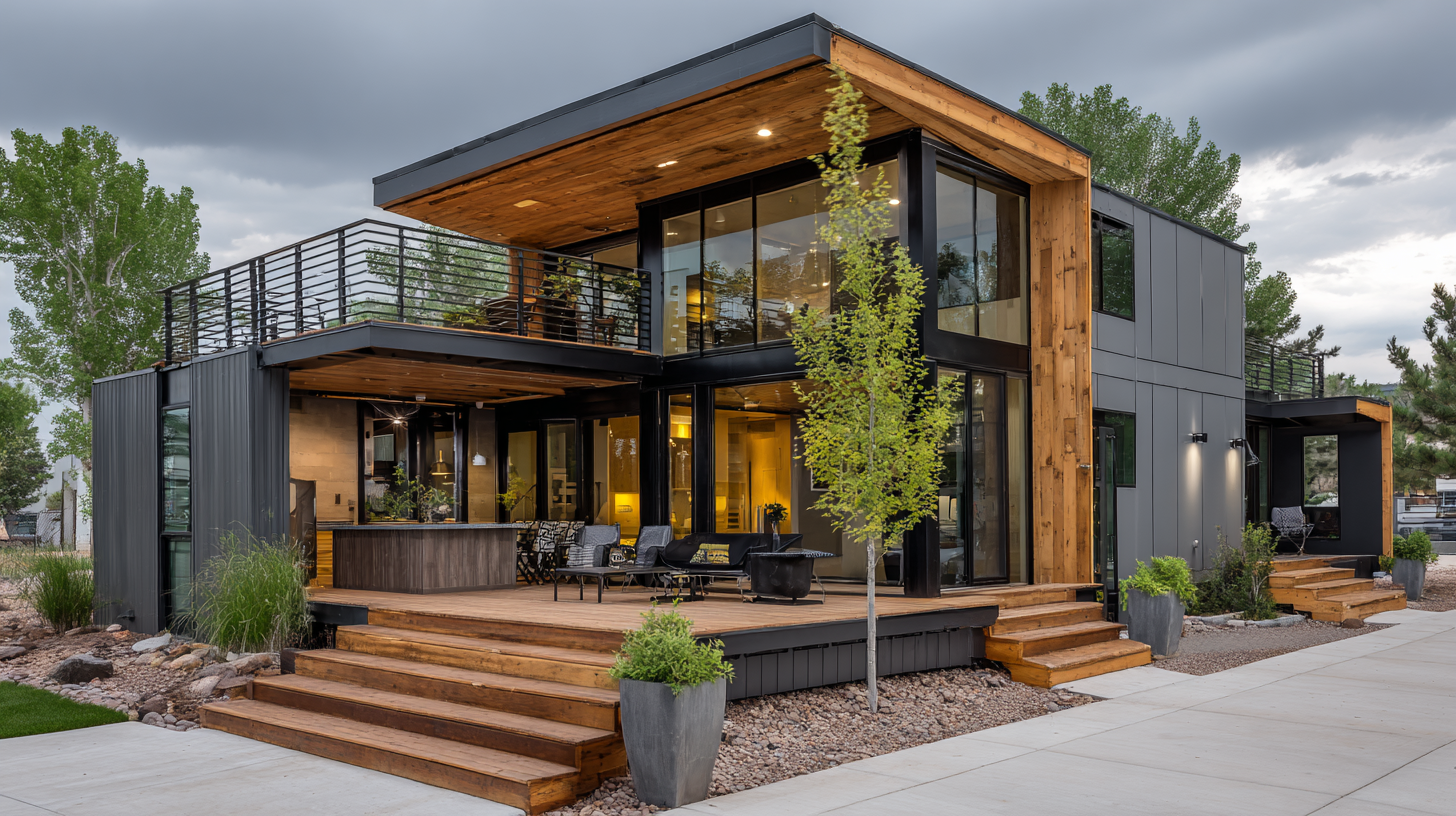
Modular space houses present a solution to this challenge by offering customizable layouts that optimize both functionality and aesthetics.
Innovative modular solutions enable homeowners to maximize every square foot without sacrificing style. Designs such as open floor plans and multifunctional furniture have shown to increase perceived living space significantly. A study by the American Institute of Architects revealed that 76% of homeowners value flexible spaces that can easily adapt to their changing needs. This adaptability not only enhances daily living but also serves to future-proof homes, making them a sustainable option in a fluctuating housing market. By leveraging modular construction methods, homeowners can create spaces that are not just livable but truly reflective of their lifestyles.
Future Trends in Modular Housing: Smart Technology and Eco-Friendly Materials
In recent years, the modular housing industry has witnessed significant advancements, particularly in the integration of smart technology and eco-friendly materials. As the global market for home renovations is projected to grow from $204.25 billion in 2025 to $265.96 billion by 2032, at a compound annual growth rate (CAGR) of 3.79%, the demand for innovative housing solutions is on the rise. One notable trend is the increasing use of sustainable materials that not only reduce environmental impact but also enhance the livability of homes.
Smart technology in modular housing is another defining trend, helping homeowners create more efficient and connected living spaces. Features like smart thermostats, automated lighting, and advanced security systems are becoming standard, allowing residents to manage their homes seamlessly from their devices. The global kitchen cabinetry market is projected to grow from $16.97 billion in 2025 to $23.49 billion by 2033, indicating a strong appetite for customizable, smart storage solutions that complement modern lifestyles.
Tips for Implementation: When considering a modular home, prioritize eco-friendly materials that promote energy efficiency. Additionally, investing in smart home technologies can significantly enhance comfort and security, making your living space both enjoyable and sustainable. Always research and select reliable brands that reflect your values in sustainability and innovation to ensure your dream home meets future trends.
Related Posts
-
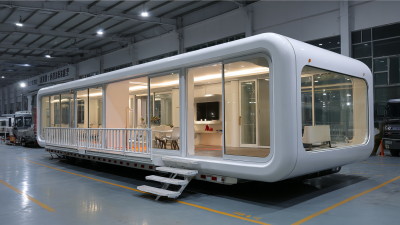
Innovative Modular Capsule Homes Crafted in China Your Premier Global Partner
-
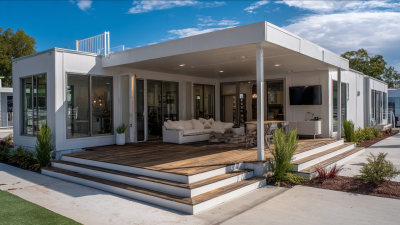
Transforming Spaces: Unveiling Global Success Stories with the Best Modular Homes
-
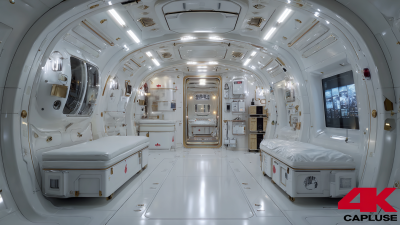
Addressing Industry Production Standards: Overcoming Challenges in Capsule Home Manufacturing
-
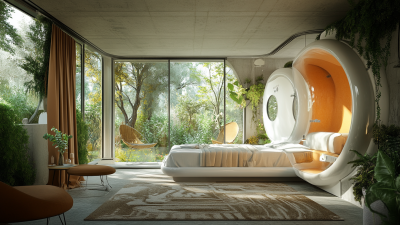
Essential Insights for Global Buyers on Capsule House Europe Innovation Trends and Market Growth
-
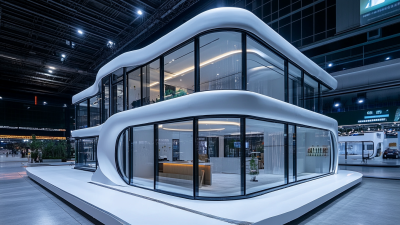
Top 10 Prefabricated Houses Available from Chinese Manufacturers at the 137th Canton Fair
-
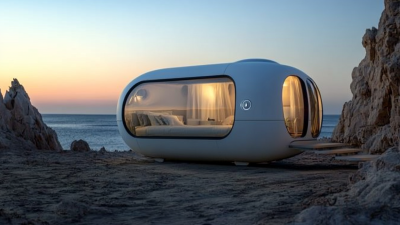
Emerging Innovations in Prefab Capsule Houses: Advantages Leading to Sustainable Living by 2025
